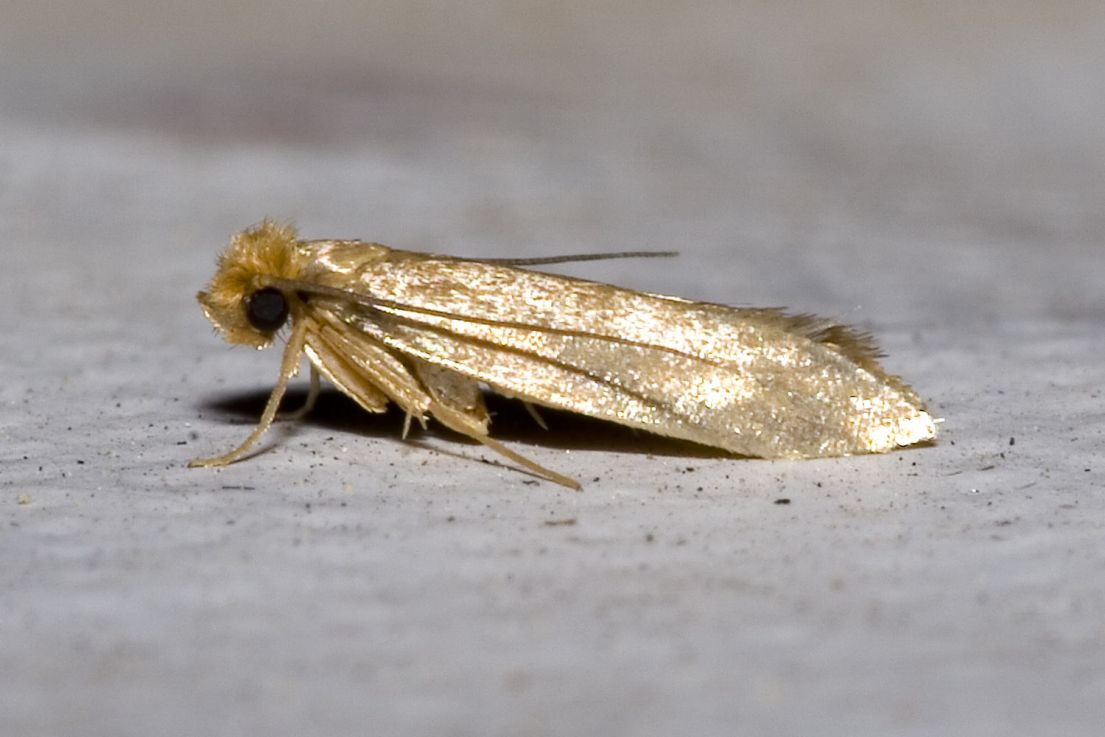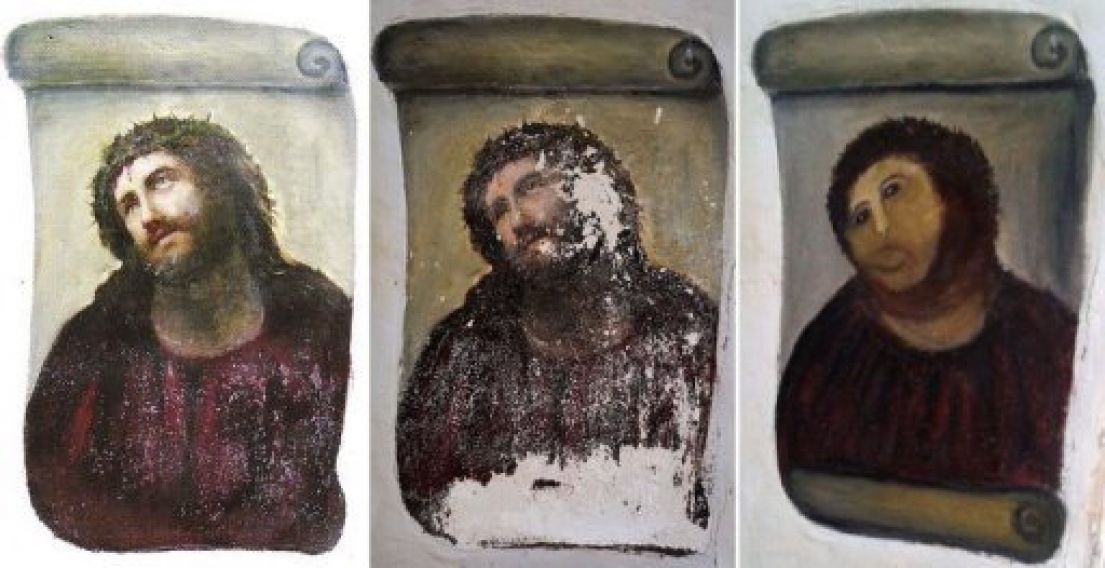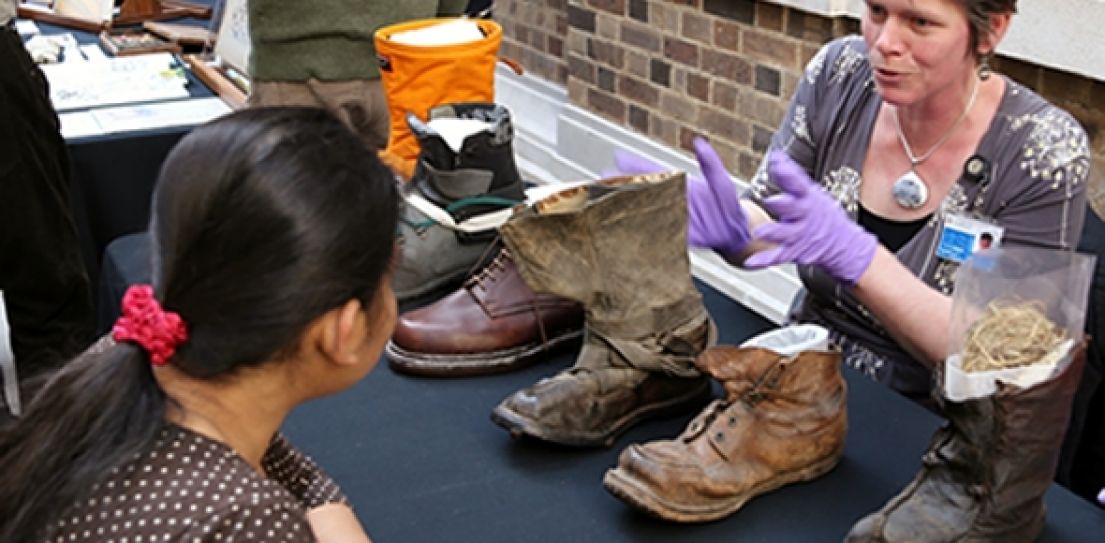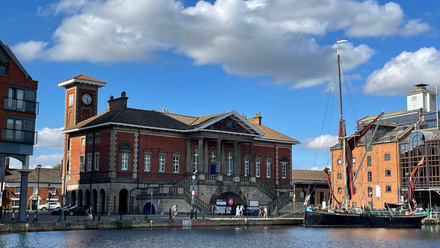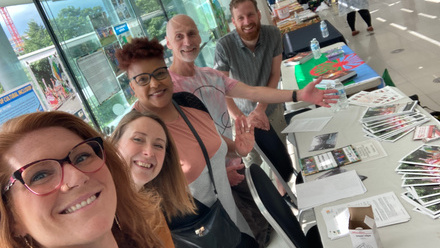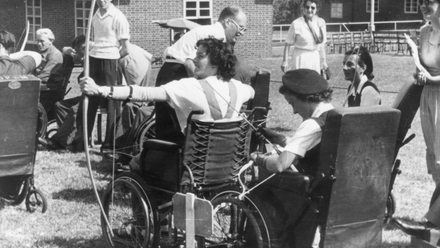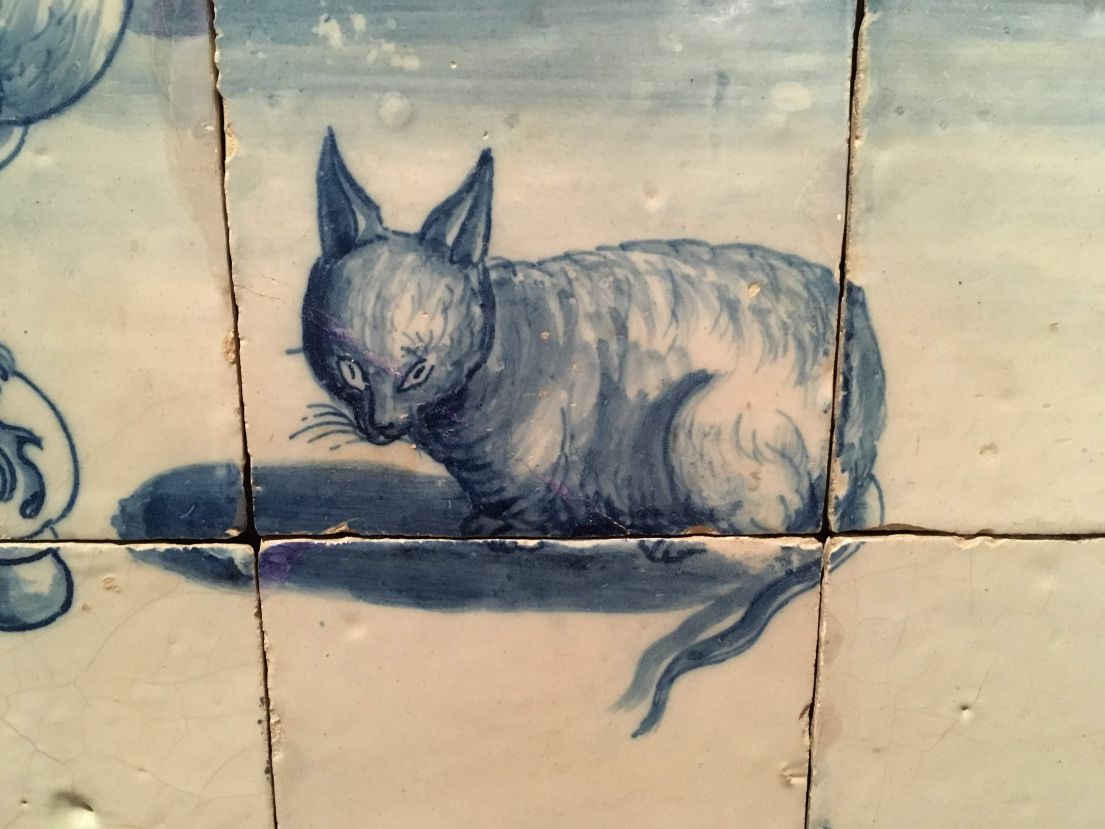
What exactly is conservation?
The conservation of objects and collections protects the things people value. It enables the care and safeguarding of our tangible cultural heritage, from cherished family heirlooms to national treasures.
The practice of conservation encompasses artworks, books, architecture and archaeology, as well as industrial, natural and social history collections whether they are held by museums, heritage organisations, private collectors or public collections.
Conservation professionals value and understand the physical artefacts that embody our collective history and culture; skilfully safeguarding it against decay and neglect to ensure that everyone’s stories survive for the inspiration of present and future generations.
So what does a conservator do?
Conservators combine practical and analytical skills with knowledge of art history, architecture, science, changing fashions and lifestyles to understand the context of the objects they work with. This provides a foundation from which to make decisions about how to conserve the objects sensitively and appropriately. Some of our members work as conservation managers or preventive conservators and have responsibility for looking after an entire collection; others focus on the assessment and treatment of objects within a particular specialism. Conservators deal with objects of all shapes and sizes from tiny Hebraic scrolls no bigger than a little finger to entire dinosaur skeletons; from old masters to the Trump blimp; and from the intricate treasures of the Galloway Hoard to a complete ship.
Where do conservators work?
Many conservators work for public institutions such as national and regional museums or galleries, archives and libraries, or in historic properties. Others are employed by private conservation studios and conservation contractors. Some operate as freelancers, running their own microbusinesses. In recent years, the scope of conservators’ work has widened, and so you might also find conservators involved with exhibitions, conservation science, location management for TV and film-making, project management and advocacy work.
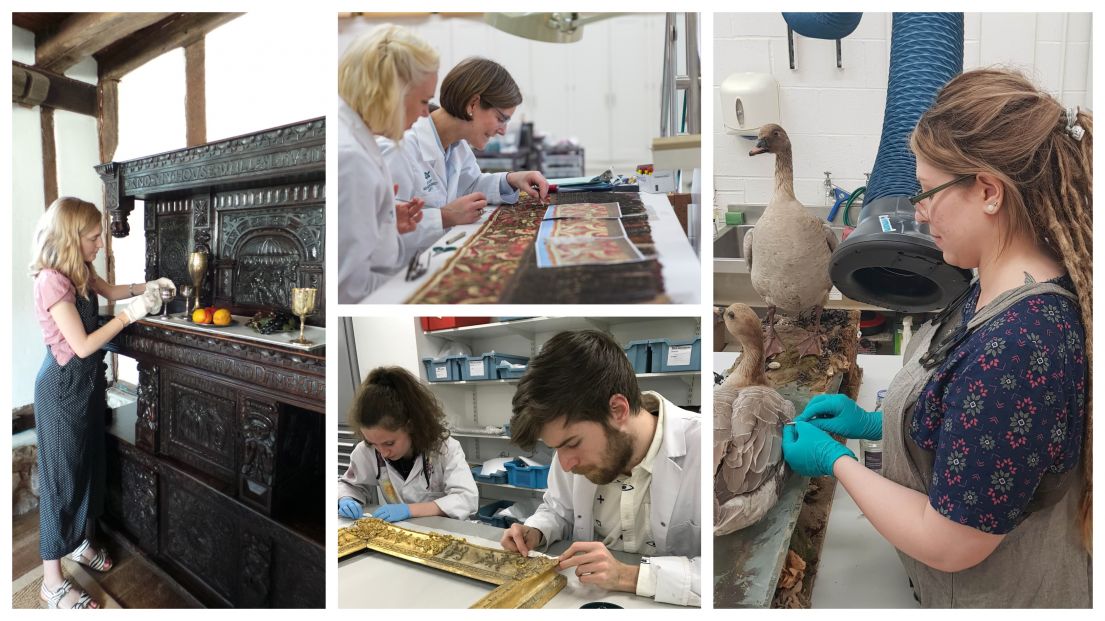
Where does Icon come in?
Icon is a charitable company working to safeguard cultural heritage and is also the professional membership body for the conservation profession. As a charity Icon has a duty to promote the conservation of items and collections of items of cultural, aesthetic, historic and scientific value. A lot of our communications work is about sharing great stories about the work that conservators do and the discoveries they make. Have you watched The Repair Shop? If so, then you might enjoy our series of stories about real-life conservation – The REAL Repair Shop.
Icon supports 24 specialist interest groups and networks reflecting the range of different conservation specialisms and the number continues to grow as different challenges arise. Two of our newest networks are focussed on Contemporary Art and Modern Materials. Soon after I joined Icon in 2019 I was invited to visit the textile stores of the V&A museum where a Vivienne Westwood dress with a wild rubber bodice was about to undergo conservation treatment. This was proving to be a real challenge for the textile conservation team as the wild rubber is a natural material that breaks down over time and is therefore difficult to stabilise.
Beware the monkey!
Meet the experts
Icon fulfils the role of self-regulation of the conservation profession in the UK though the formal accreditation of our members and the use of a mandatory Code of Conduct. Becoming an Accredited Conservator-Restorer (ACR) demonstrates to clients, employers and peers that an individual has an in-depth knowledge of good conservation practice and Icon’s professional standards, a high degree of technical competence, and perhaps most importantly sound judgement and ethics.
Find out more
- Icon's Resource Hub - Guidance on caring for your treasures
- Conservators you can Trust - Working with an Accredited Conservator-Restorer (ACR)
- Icon's conservation grants gallery - Discover more about the conservation projects that members undertake
- Follow Icon on social media: Instagram - @conservators_uk / Facebook - @ConservatorsUK / Twitter - @Conservators_UK / Linked In
Read more about some of the conservation stories Sara mentions:
- Dealing with dinosaur bones
- Saving tiny scrolls
- Revealing Viking treasures
- Preserving a masterpiece - Operation Night Watch
- Protecting the wild rubber dress
- Caring for the baby blimp
- Natural assistants - parasitic wasps at Blicking Hall
- The role of a ship's conservation engineer
Get involved!
For this year's festival we are looking to matchmake festival venues with conservators for some special events.
Find out more about how to get involved with Conservation Stations here

